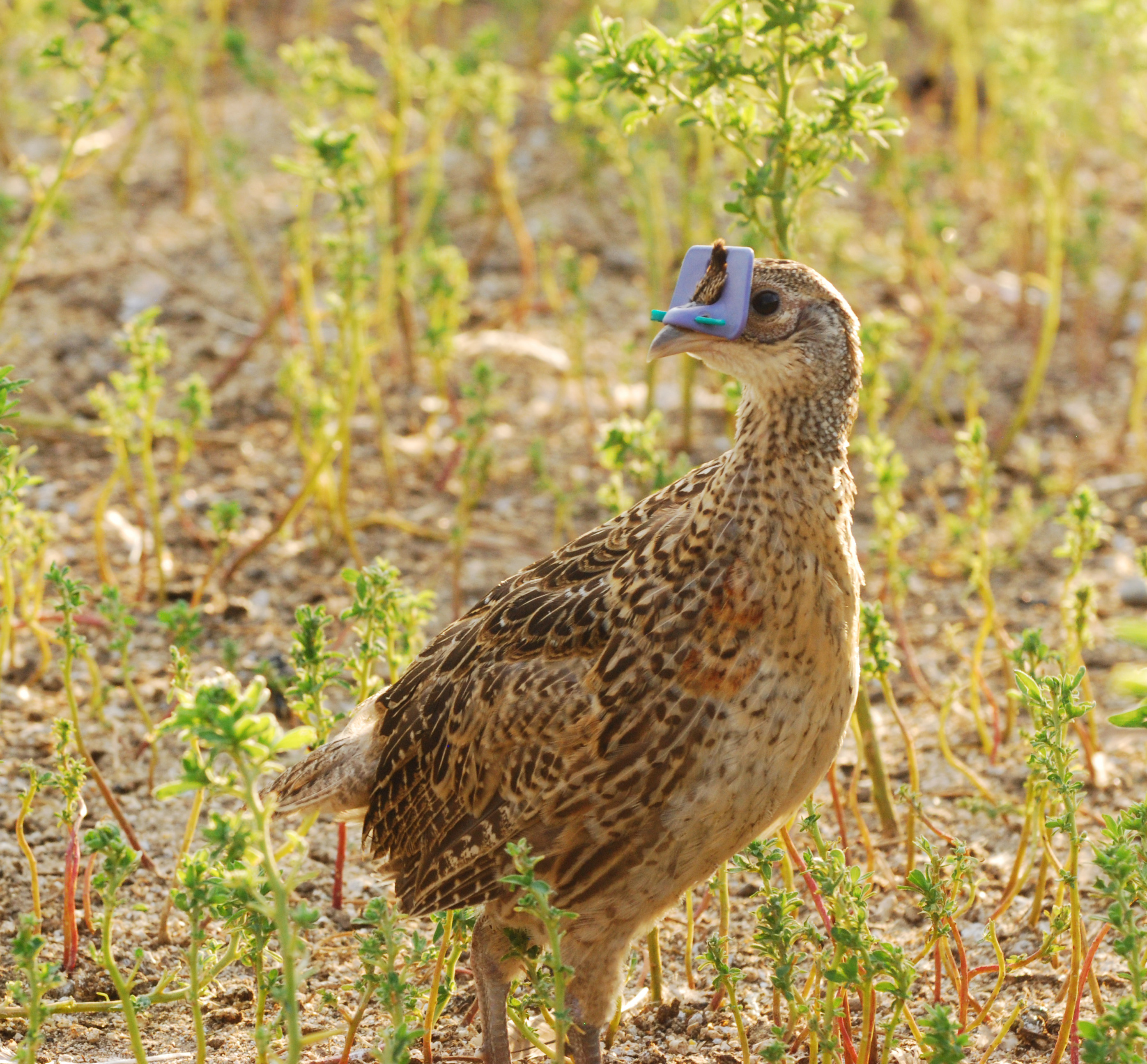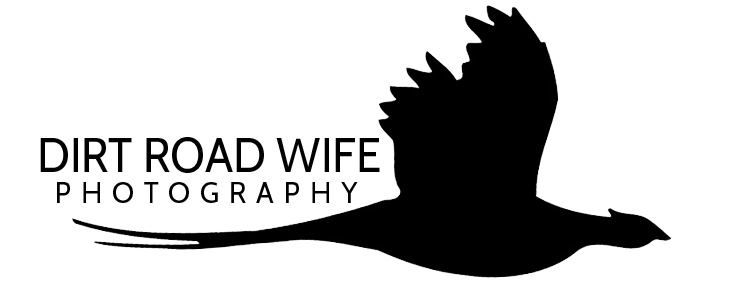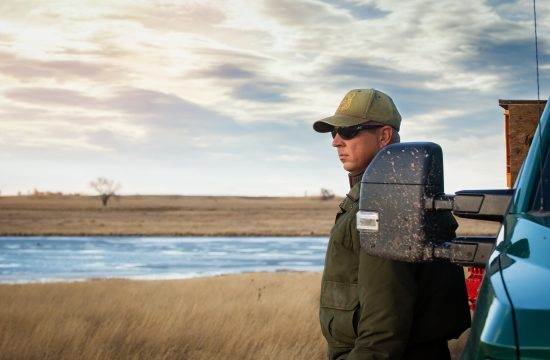

July 9, 2015 / Bird Farm Life
Pecking and Peepers
In life before Wyokiddo, I worked in the agriculture and wildlife industries. One of the things I love most about the bird farm is that it’s a blend of both of those worlds. Outdoor Guy manages the Downar Bird Farm, a facility owned by the Wyoming Game and Fish Department. He’s responsible for raising Ring-necked pheasants that are released each fall, a job that is part wildlife management, part production agriculture. Our family lives on the farm, and the pheasants, or birds, are part of our everyday lives.
I’m excited by the opportunity to educate people about what it takes to raise a wild animal in captivity, explaining to visitors and readers some of the ins-and-outs of life on the bird farm.
The first question most visitors to the bird farm ask when they see the big pens of maturing Ring-necked pheasants is “What’s in their nose?”
When the chicks are about six weeks old, bird farm personnel place “peepers” in their beaks. Peepers are small plastic devices that fit through the nares of the chick. Peepers restrict forward vision while still allowing chicks to see to the side. It does not affect the chick’s ability to eat, drink, move or fly. Peepers are used in groups of birds raised in captivity to reduce feather pecking and cannibalism.
The next question visitors usually ask is “Does it hurt?”
The chicks no doubt experience some stress when they are “peepered.” The peeper goes through their nostrils and pierces the cartridge in the beak, similar to when a girl gets her ears pierced. It probably hurts. At the very least, it is uncomfortable and annoyance and will take some getting used to. It’s also stressful. But necessary.
When the pheasants aren’t peepered, they will peck and harass their pen mates, often so severely they will kill one another. It might be boredom or it might be an attempt to establish dominance. The open wounds created by pecking invites infection and insect activity, which further stresses the birds. The bird farm managers help alleviate crowding by spacing out the birds in different pens according to their ages, growing kocia as natural cover and providing alfalfa for the birds to peck at during the day. But raising unpeepered birds requires almost three times as much pen space, and many bird farms simply don’t have the pen capacity to spread their birds out that much. Peepers then become an important tool to maintain flock health.
Some animal rights activities believe the use of devices like peepers is cruel and harms the birds. And some hunters believe that peepering the pheasants leads them to act “less wild” when they are released later in the season. But not peepering captive pheasants would be more cruel and harmful in the long run as the birds would harass, peck and eat at each other the entire summer. Peepering may be stressful on the individual they day it happens, but it is more beneficial for the population. Far fewer birds die when they are all peepered, and it’s a less stressful life for them overall. And happy, healthy animals is the ultimate goal for any ethical animal producer or care-taker, whether they are raising pheasants, chickens or cows.
–Teresa






